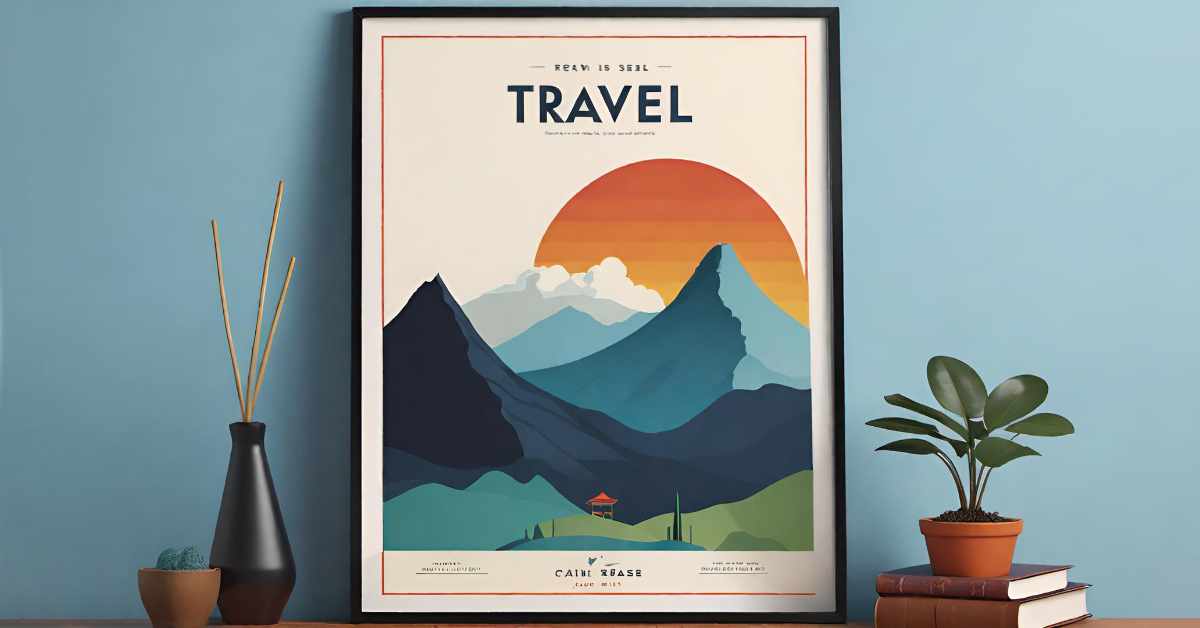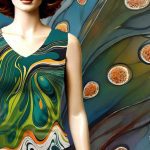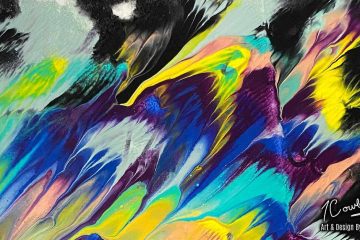The Art of Minimalism in Today’s Graphic Design: Embracing the "Less is More" Philosophy

In the ever-evolving landscape of graphic design, minimalism has carved out its niche, proving time and again that less can indeed be more. This approach, characterized by its simplicity, clean lines, and a monochromatic palette, has become a beacon for brands and designers looking to make a significant impact with subtle elegance. But what makes minimalism more than just a design trend, and why does it continue to dominate the graphic design scene today? Let’s dive in and explore the art of minimalism and its prevailing presence in modern graphic design.
Understanding Minimalism
Minimalism is more than just an aesthetic; it’s a philosophy that emphasizes the importance of distilling elements to their simplest form. It’s about removing the unnecessary, leaving only what’s essential to convey the message or idea. This design approach finds its roots in the Japanese concept of Zen, which values simplicity, purity, and restraint. In graphic design, minimalism is not just about using fewer colors or elements but about achieving balance and harmony in the composition, making every component count.
The Power of Less
The minimalist mantra of “less is more” is particularly powerful in today’s fast-paced world, where consumers are bombarded with information and visual clutter. A minimalist design cuts through the noise, offering a clear, unambiguous message. This clarity not only captures attention but also makes the message more memorable. Minimalist designs are often perceived as more professional and trustworthy, as they suggest confidence in the message being strong enough to stand on its own, without the need for embellishment.
Why Minimalism Reigns Supreme in Graphic Design Today
Digital Compatibility: Minimalist designs are inherently more adaptable across various digital platforms. Their clean and straightforward nature ensures they look great on screens of any size, from the smallest smartwatch to the largest billboard. This adaptability is crucial in our multi-screen world, where your design needs to be versatile enough to maintain its integrity across different mediums.
Focus on Content: By stripping away the non-essential, minimalism puts the spotlight on the content, whether it’s a brand message, an image, or a call to action. This makes the design more effective in communicating its intended message, as there are fewer distractions competing for the viewer’s attention.
Timeless Appeal: While design trends come and go, minimalism has a timeless quality that keeps it relevant. Its emphasis on simplicity and functionality means that minimalist designs are less likely to appear dated, ensuring that a brand’s visual identity remains consistent and enduring.
Emotional Connection: Minimalist design can evoke a sense of calm and tranquility, offering a visual respite from the chaos of the world. This can create a positive emotional connection with the audience, associating a brand with feelings of serenity and simplicity.
How to Embrace Minimalism in Your Designs
Prioritize Content: Identify the core message you want to convey and eliminate anything that doesn’t serve this message.
Use Negative Space: Also known as white space, negative space is a crucial element of minimalist design. It helps define the boundaries of different elements, improving readability and focusing attention on the most important parts of your design.
Choose Colors Wisely: A minimalist color palette is usually monochromatic or uses a limited color scheme. Select colors that complement each other and enhance the overall design without overwhelming it.
Opt for Simple Typography: Choose clean, readable fonts that support the simplicity of your design. Often, minimalist designs will use a single typeface, varying weight and size for visual interest and emphasis.
Experiment with Texture and Patterns: Minimalism doesn’t mean avoiding textures and patterns altogether. Used judiciously, they can add depth and interest to your design without sacrificing its minimalist ethos.
Embracing Simplicity for Lasting Impact
The minimalist trend in graphic design is more than just an aesthetic choice; it’s a reflection of the modern consumer’s desire for clarity, simplicity, and authenticity. By embracing the principles of minimalism, designers can create works that are not only visually appealing but also deeply resonant with their audience. Remember, in the world of design, sometimes the most powerful statement you can make is to simply let less be more.






0 Comments